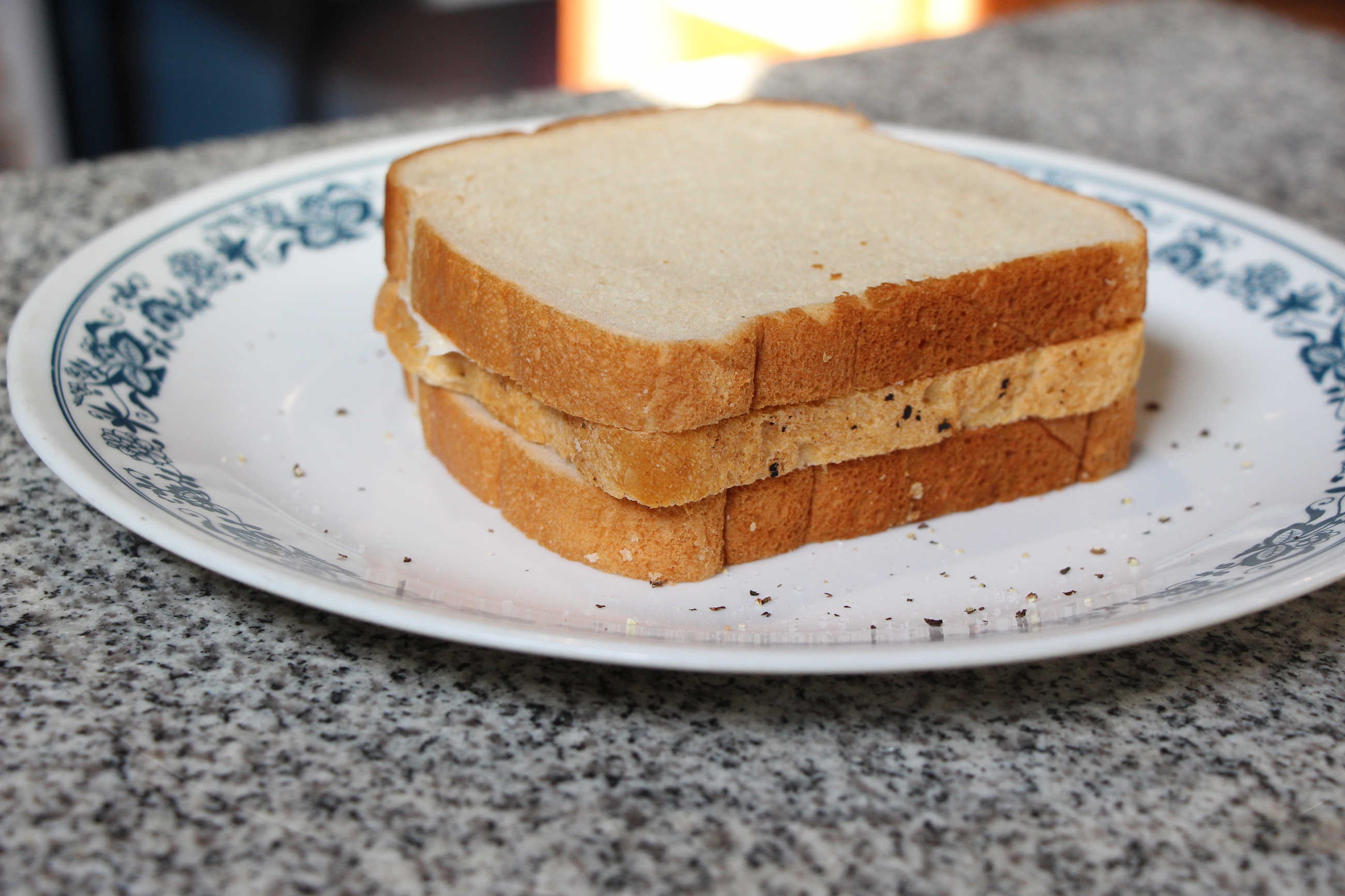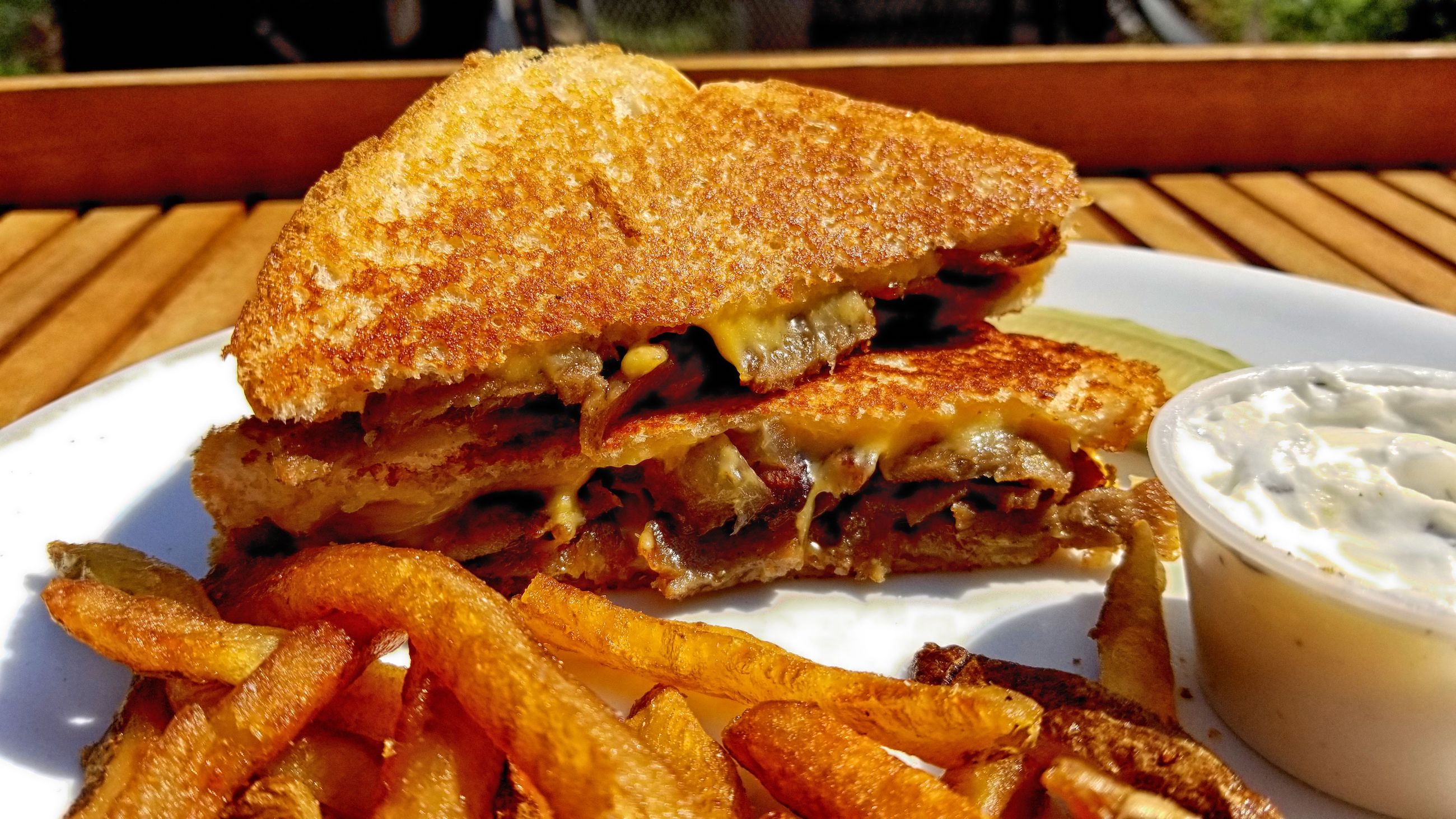Cretan Tomato Toast? Dakos
Greek Dakos (sometimes spelled ntakos) is a meze of (disputably) Cretan origin, a dish of tomato, olive oil, and cheese served atop what is essentially a large crouton. Somehow, this unlikely underdog found itself atop a Taste Atlas list of the best salads in the world earlier this year. (The list has since been updated, and Dakos is now in the number 2 spot, superceded by a terrific sounding Javanese vegetable salad dressed with peanut sauce that’s called pecel.)
So what’s it doing on the Sandwich Tribunal?
Well it is also, arguably, a topped toast, similar to Italian crostini or Spanish pan con tomate. The toast in question, a barley rusk also called paximadi in Greek (though that can also refer to rusks made with other grains, or even biscotti), is wetted with water, topped with chopped or shredded tomatoes, feta (or myzithra) cheese, olives and often capers, herbs such as oregano, and dressed with good Greek extra virgin olive oil.
The rusk is extremely dry, baked dry rather than fried or brushed with butter, without even the impression of moisture that is left in a crouton, crisp and dense and a little nutty in flavor from the barley.

There are apparently also larger, rounder rusks but the only large, round rusks I’ve found have been wheat rusks rather than barley. Most of the recipes I’ve read call for wetting the rusk with a small amount of water before covering it with grated, drained tomato pulp, seasoning, and dressing with olive oil. Since we’re draining the excess tomato water or juice from the pulp, it made sense to me to preserve that flavor by using the drained tomato juices for wetting the rusk rather than water.
I finished this Dakos with shredded feta, kalamata olives and capers, a dusting of dried myzithra cheese–fresh myzithra is often used in place of feta for this dish in Greece, especially in Crete where the bulk of this cheese is produced, but I could only find the dried version. I hoped it would give a bit of that flavor, but since this post was largely an excuse for me to buy an unreasonably large hunk of Greek feta, I was fine with the substitution.
I’m not sure that I’d call my inaugural Dakos pretty… but it was delicious. The dry rusk did not take on moisture quite as readily or as quickly as I anticipated it would, so plenty of brittle crunch remained to the bread despite its bath in tomato water and extra virgin olive oil. The tomato pulp provided a sweetly savory base for the salad, punctuated by the briny trifecta of soft crumbly feta, bursts of caper, and the fruity, slightly bitter olives.

I tried again, soaking the rusk longer, giving the tomato water more time to penetrate its desiccated depths, and this time I diced the tomato and feta, sliced the olives neatly instead of simply tearing them open. I’d hoped the latter measure would make the salad more presentable but instead it seemed to make the toppings more prone to rolling off the rusk. The longer soaking did render the rusk somewhat less brittle but a crusty core remained, without which I think the rusk might simply slump into goo.



When I was first told about Dakos it was in the context of a conversation about another Mediterranean meal, a Cypriot sandwich featuring grilled Halloumi cheese and smoked pork with salad in a sesame-studded bread roll. I may have misunderstood at the time, but I imagined I was being told that this salad might sometimes be served similarly.




Yet this, I think, would not be called a Dakos sandwich. Or would it? I would be delighted to learn more about this meze, as it is quite a treat and well worth trying for a vegetarian meal that’s on the lighter side without being too insubstantial. Any Dakos experts in the Tribunal’s audience? Reach out and teach me what you know! In the meantime, October is coming to an end and three more sandwiches will soon be in store. Thanks for reading!

I like sandwiches.
I like a lot of other things too but sandwiches are pretty great























Recent Comments